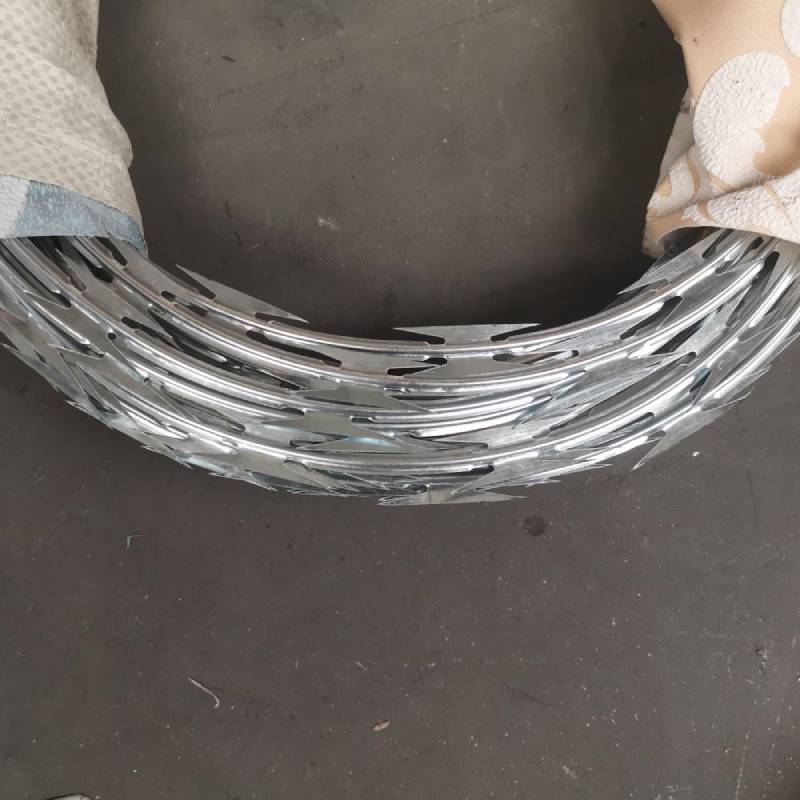Exploring the Benefits and Features of Stock Mesh Fencing for Livestock Management
The Benefits of Stock Mesh Fencing A Comprehensive Overview
Stock mesh fencing has gained popularity as a practical solution for livestock containment and land management. As the agricultural sector evolves, so does the necessity for reliable fencing options that not only ensure the safety of animals but also provide durability and ease of installation. This article delves into the various benefits of stock mesh fencing, its applications, and key considerations for farmers and landowners.
Understanding Stock Mesh Fencing
Stock mesh fencing is typically constructed from high-tensile wire strands that are woven together to create a strong, flexible barrier. This type of fencing can vary in height, gauge, and mesh size, allowing it to cater to different types of livestock and land conditions. The design typically features vertical wires spaced apart and horizontal wires that provide structural integrity. This makes it suitable for containing animals such as sheep, cattle, and goats while keeping predators at bay.
Advantages of Stock Mesh Fencing
1. Durability One of the primary benefits of stock mesh fencing is its durability. Made from high-tensile steel, this fencing is resistant to rust and weathering, allowing it to withstand harsh environmental conditions. This longevity translates into lower maintenance costs over time, as farmers can invest in a fencing solution that lasts for years without needing frequent repairs or replacements.
2. Versatility Stock mesh fencing is incredibly versatile. It can be used in various applications, from dividing pastures to protecting gardens and orchards. The ability to customize the height and width according to specific needs ensures that it can cater to different types of livestock and land configurations.
3. Security Security is a top concern for livestock owners. Stock mesh fencing provides a formidable barrier against both domestic and wild animals that could threaten livestock. Its tight mesh structure helps prevent animals from escaping while also deterring potential intruders, making it an effective solution for safeguarding property.
stock mesh fencing

4. Cost-Effectiveness While the initial investment in stock mesh fencing may be higher compared to traditional wooden or barbed wire options, its long-term cost-effectiveness makes it a worthwhile investment. Due to its durability and low maintenance requirements, farmers often find that they save money over time.
5. Ease of Installation Another major advantage of stock mesh fencing is its ease of installation. With the right tools and a bit of knowledge, landowners can set up their fencing relatively quickly. This DIY capability means that specialized labor is often not required, leading to further savings.
6. Minimal Environmental Impact Unlike some fencing options that may require chemical treatments or significant clearing of land, stock mesh fencing has a lower environmental impact. Since it often involves less material and can utilize existing landscape features, it promotes sustainable land management.
Key Considerations When Choosing Stock Mesh Fencing
While stock mesh fencing offers numerous advantages, there are a few considerations to keep in mind when choosing and installing it. First, it's essential to select the right mesh size and height based on the type of livestock. For instance, smaller animals may require a tighter mesh than larger cattle.
Additionally, the installation area should be examined for potential obstacles or terrain challenges that might complicate the process. Ensuring that the posts are firmly planted and the mesh is correctly tensioned will further enhance the stability and effectiveness of the fence.
Conclusion
Stock mesh fencing is a robust and versatile option for livestock management and land protection. Its durability, security, and cost-effectiveness make it an attractive choice for farmers and landowners seeking reliable fencing solutions. By considering the specific needs of their livestock and the characteristics of their land, they can make informed decisions about implementing stock mesh fencing, ensuring both the safety of their animals and the efficiency of their operations. Investing in this type of fencing not only enhances productivity but also contributes to sustainable farming practices, ultimately benefiting both farmers and the environment.
-
Space-Saving Chain Fence Hacks Vertical Gardening with Cyclone MeshNewsJul.16,2025
-
Innovations in Iron Nail Wire Production for Modern ConstructionNewsJul.16,2025
-
Creative Uses of Wire Netting Fence in Modern Landscape DesignNewsJul.16,2025
-
Barbed Wire Fence Innovations in Anti-Climb TechnologyNewsJul.16,2025
-
Architectural Uses of Umbrella Nails for Aesthetic Roof DesignsNewsJul.16,2025
-
Architectural Uses of Razor Barbed Wire in Secure Urban DesignNewsJul.16,2025




